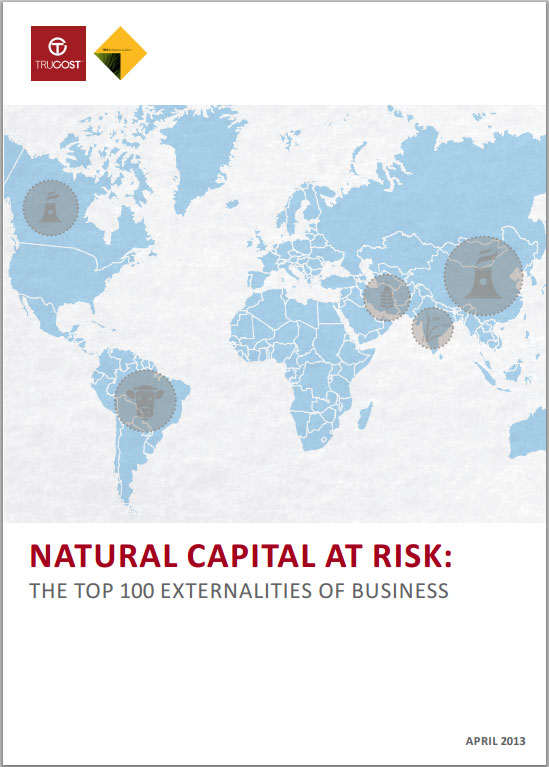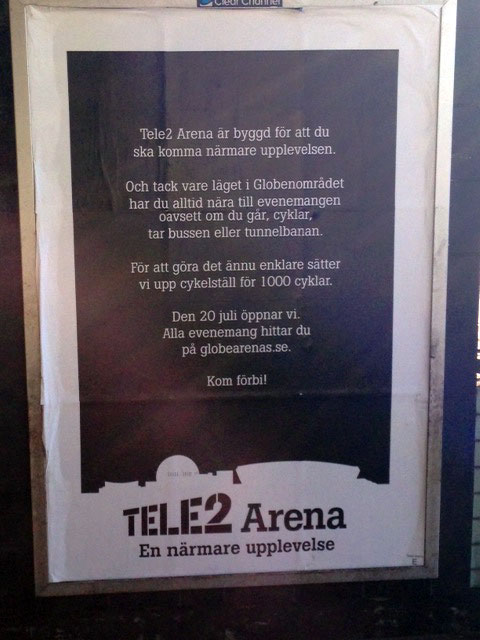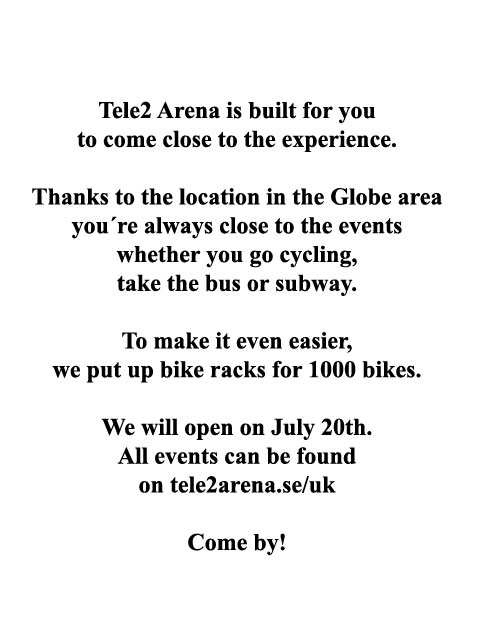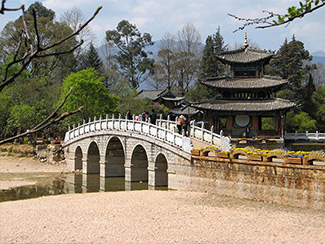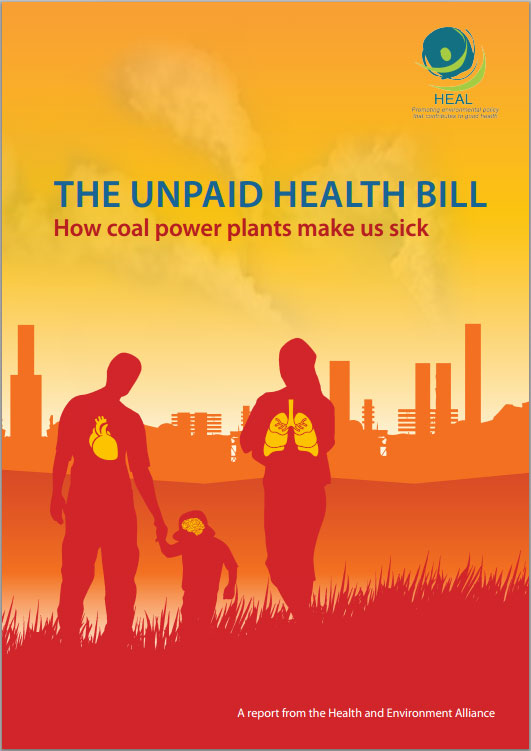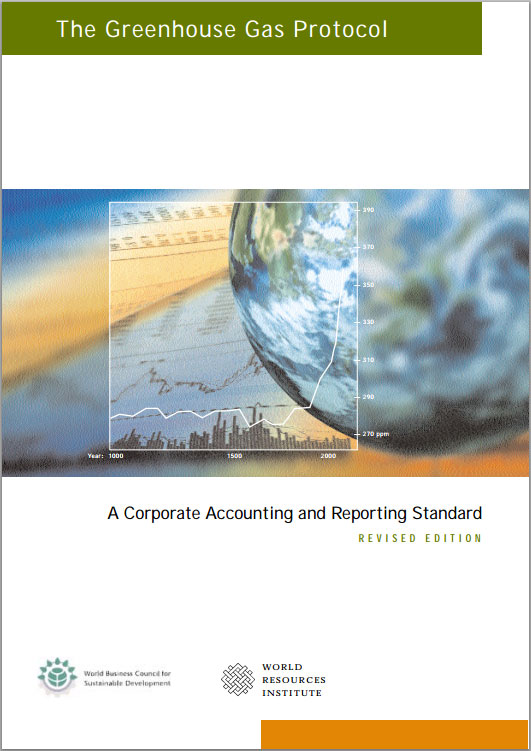By Angie Schmitt
A study out of Nashville by Smart Growth America provides more evidence that building walkable development in existing communities is best for a city’s bottom line.
Nashville’s “The Gulch” — a mixed-use development downtown — generates a much greater public return than more suburban developments in the same city. Image: Cumberland Region Tomorrow
SGA recently examined three different developments in the Music City. One was a large-lot, traditional suburban-style development called Bradford Hills built on greenfield site. Another was a “new urban”-style, mixed-use, walkable development also built on a greenfield, called Lennox Village. The third — known as The Gulch — was a mixed-use, compact housing and office development with retail and dining, built on a brownfield between Nashville’s Music Row and downtown…
via Study: Walkable Infill Development a Goldmine for City Governments | Streetsblog Capitol Hill.


